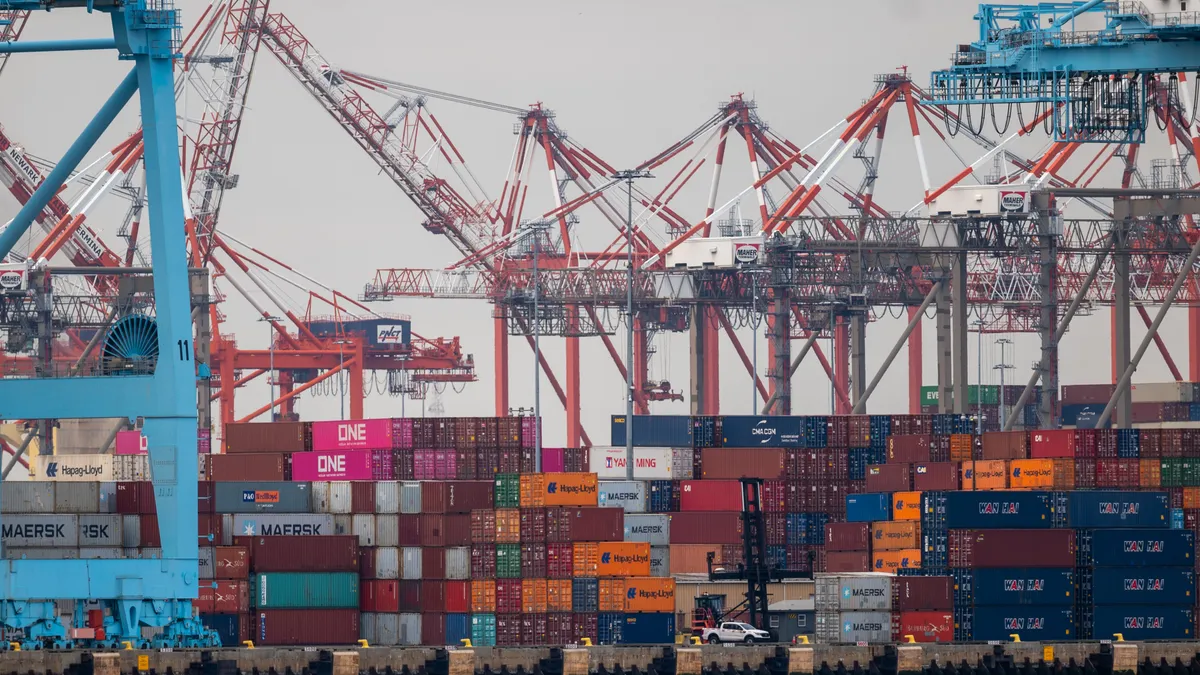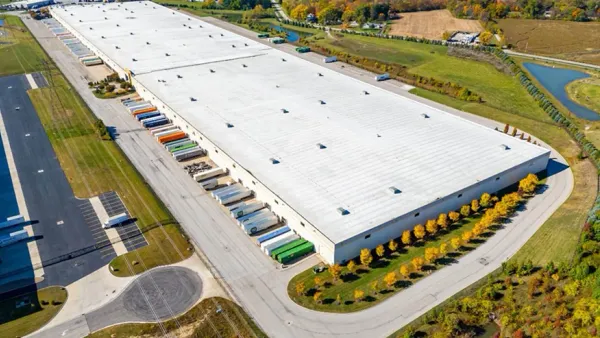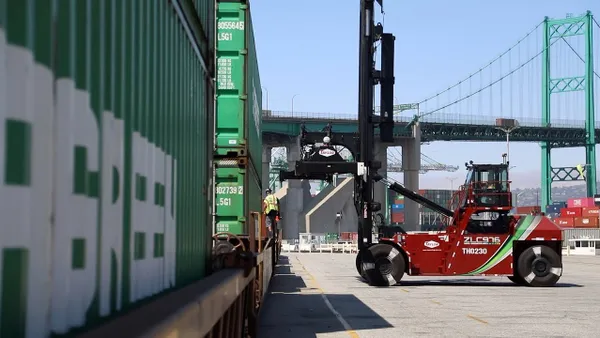Editor's Note: The following is a guest post by QAD Senior Marketing Manager Glenn Graney.
What do $20 in cash in a wallet, a spare tire, an extra set of underwear packed for a trip, and demand planning have in common?
The first three things are essential to me. Those three things are ALSO things which have ZERO VALUE to my millennial daughter. She never has cash. She can’t imagine ever changing a tire. She doesn't pack “just in case” apparel.
As a parent, I could spend time festering and worrying about her level of unpreparedness. And I could just chalk it up to a generational gap. All of these things are important to me because my life experience includes the need for them. Those needs are most likely based on some actual personal crises or discomforts. These are bogeymen that lurk in the shadows of my memory. It is human nature to overcompensate based on past experience, and that compensation is not easily shed. I recall how I’d laugh at my grandfather, a committed penny pincher who always saved his used aluminum foil. He lived during a time when that was a precious and necessary commodity. However, my daughter thinks a spare tire is the same as saving foil: a ridiculous and unnecessary notion.
Demand planning doesn't always come naturally
My daughter’s life experience tells her she will NEVER need these contingencies of mine. She rarely encounters a need for cash. If she does, she finds a friend who has money on hand, and she immediately reimburses her via the Venmo App. There are now restaurants and other businesses that are entirely cash-free. She has never changed a tire. This is not because she can’t. Her Kia RIO doesn’t even have a spare tire. If her tire did require service, then that’s a big problem. In that instance, her goal is simply to get home, and return the car in one piece, not to “fix the tire.” The collective solution to the problem: one call to AAA, to have the car towed home or to a local repair shop, and another to Lyft or Uber to ride there. And finally, why would she pack extra apparel? If her trip is extended, Amazon Prime can deliver whatever she needs in two days…and all with free shipping. She has no bias or inclination to create hedges against the fears of yesterday. She solves her modern problems with modern tools that are specifically designed to resolve the complex challenges of today’s world.
[We] solve modern problems with modern tools that are specifically designed to resolve the complex challenges of today's world.

Glenn Graney
QAD Senior Marketing Manager
All of this brings me back to the important subject of demand planning. I visit and interact with many manufacturers that partially base their respective production plans on hedges and compensations. There are veteran demand planners who order a little extra of this, or produce a little more of that, a process that is more art than science. Nearly all of these environments tell stories of how they pulled off miracles because planners squirreled away some extra inventory. They don’t stop there, either. Many planners at these companies justify this behavior based on horror stories about missing customer orders because they weren’t able to counteract unrealistic demand forecasts. In these organizations, these yarns have become legends and created heroes.
Nearly all of these environments tell stories of how they pulled off miracles because planners squirreled away some extra inventory.

Glenn Graney
QAD Senior Marketing Manager
There are other, far more frightening, stories as well, such as those whispered on factory floors about extra raw materials that had to be scrapped, or finished goods that expired on the shelf. There are real financial and opportunity costs to this compensation behavior in terms of inventory, cash flow, and focus on and responsiveness to true priorities. We must be careful with the accelerated rate of change in today’s competitive markets so it doesn’t actually motivate even more hedging. Why? Because spreadsheets and hedges can actually limit our ability to make progress.
We need demand planning now more than ever
I completely understand the critical need for comprehensive risk management. I neither discount nor diminish the capabilities, intelligence, or dedication of seasoned demand planners. However, I firmly believe modern tools, and the reality of modern supply chain responsiveness, have eliminated the need for much of this troubling and prevailing behavior. The elasticity of supply chains has never been stronger. We have more vendor options than ever before, and these companies never been more responsive. Using data-driven tools, our abilities to plan, anticipate change, and respond to challenges are exceptional. Simply stated, effective demand planning is the key to building responsive manufacturing environments.
Effective demand planning is the key to building responsive manufacturing environments.

Glenn Graney
QAD Senior Marketing Manager
With all this being said, it may be time to leave the extra underwear at home, and embrace the future with demand planning tools that are aligned with today’s challenges. I feel empowered to finally shed my production planning hedges because I now possess the tools and technologies that break the cycle of counterbalancing and create unprecedented effectiveness.
It won’t be easy, but it certainly will be rewarding. Even so, I will still probably always have $20 in my wallet if you need to borrow some cash.
Glenn Graney is the senior marketing manager for industrial and high-tech markets at Santa Barbara, Calif.-based QAD, Inc. (NASDAQ:QADA/QADB), a leading provider of enterprise resource planning (ERP) software and services to global manufacturing companies. He can be reached at [email protected].
















